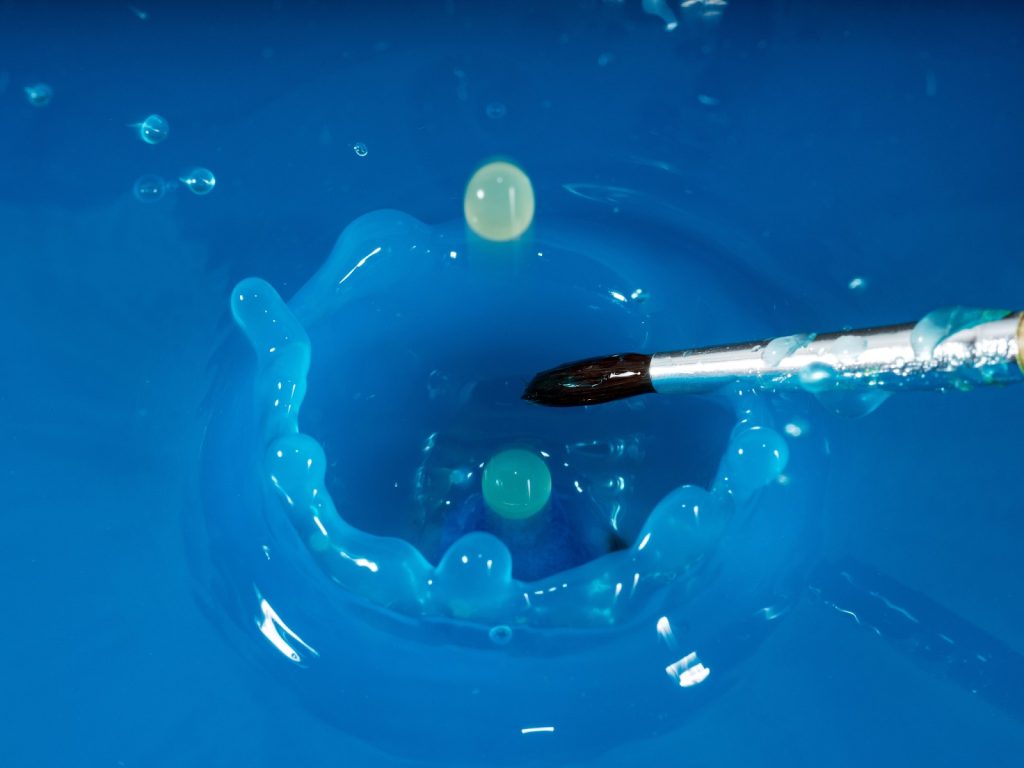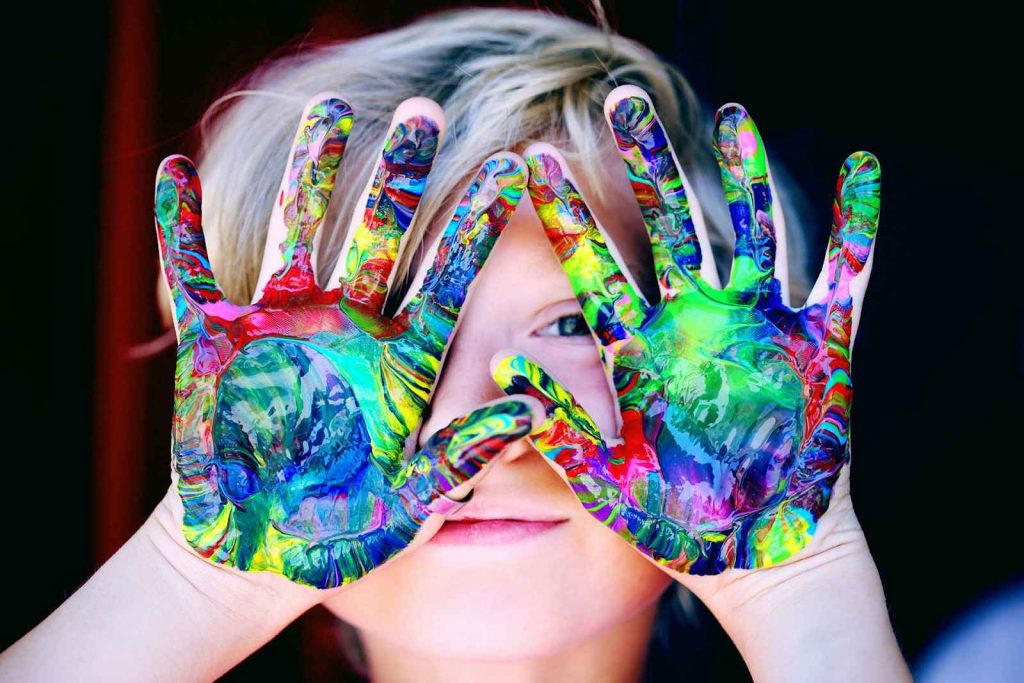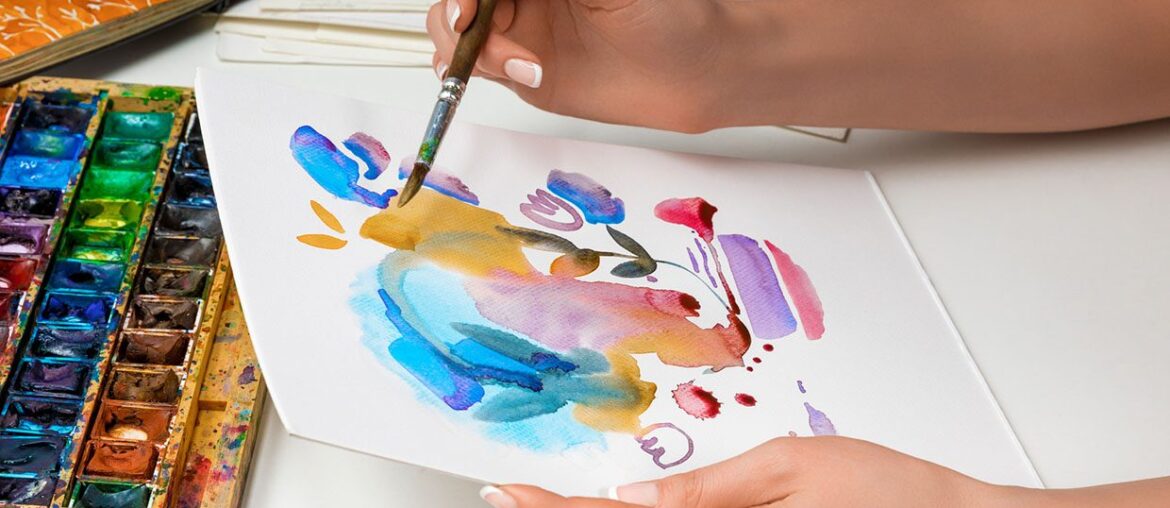Nowadays, the use of watercolor has become much more popular among painters across the world. One of the reasons is that watercolor is much more environmentally friendly than other types of paints, such as oil or acrylic. Here are 5 reasons why you should use watercolor, an eco-friendly alternative to other painting methods.
Watercolor Is The Safest Paint
Watercolor is one of the safest painting materials available today, with the least amount of environmental effect. There are no harmful solvents utilized and no polymers (plastics), unlike oil and acrylic paint.
Even though watercolor paints still use synthetic colors, they also contain gum Arabic, a gum produced by various plants. Gum Arabic works as a binding ingredient in oil paints, comparable to linseed oil, but it is water-soluble, eliminating the need for additional VOC-containing solvents.
Another advantage of watercolor is that, unlike oil or acrylic, a watercolor brush will not be ruined if left out overnight. If you somehow forget to clean it, all you have to do is rinse it with water the next day. Of course, cleaning your brushes as soon as you’re done painting is most ideal.
Besides watercolor, there are other eco-friendly art supplies you can check out.
Watercolor Has Fewer Heavy Metals

Comparing to other types of painting methods, it has much fewer heavy metals.
These elements are frequently exceedingly hazardous and were primarily used to make many colors in the past.
As a result, professional painters’ life expectancy used to be shorter on average, and many artists suffered from poisoning symptoms as a result of the poisons they came into contact with on a daily basis.
Back then, lead poisoning was a common cause of disease and death among painters. Cadmiums are also extremely harmful, and they are just now being phased out in favor of safer and more economical alternatives. Cadmiums have long been a favorite of artists, as they span from luminous yellows and oranges to deep reds that make beautiful sunrises and sunsets.
Watercolor Uses Less Pigment
Pigments are present in all paint media, including house paint. Mineral and biologic pigments are the two types of pigments available. Most harmful pigments, such as lead, have been banned by now.
The watercolor painting uses far less pigment and no hazardous solvents than other mediums, in addition to employing environmentally friendly supplies.
You can be proud of choosing this eco-friendly paint, which allows you to leave its imprint without harming the environment.
Watercolor Doesn’t Contain Plastic Like Acrylic paints

Watercolor paints consist of four essential ingredients: a pigment, gum arabic, additives, and water. As you can see, they do not contain any plastic, which makes them one of the most eco-friendly paints on the market.
Acrylic paints, on the other hand, are ‘plastic,’ also known as latex paint, which means they include plasticizers, or liquid plastic, to let them attach to or cure on any surface. When subjected to extreme heat, they create hazardous compounds such as formaldehyde, acetal, acrolein, and ethylene oxide.
Cadmium, cobalt, manganese, chromium, and lead are all included in some acrylic paints. These metals and chemicals can harm the brain and kidneys, as well as wreak havoc on the neurological system.
Acrylic paint also contains carcinogenic pollutants such as benzene, xylene, styrene, and butadiene. Benzene is a pesticide chemical that has been linked to leukemia, non-lymphoma, Hodgkin’s, and other blood cancers.
Watercolor Uses an Eco-Friendly Binder
As mentioned above, the binder for watercolors and gouache is gum arabic, a fresh product of numerous species of acacia tree. In a procedure similar to maple syrup gathering, raw gum is obtained without harming the trees.
Gum production gives a financial incentive to save wild trees in dry areas from being taken down.
Gum manufacturing also supports the growth of planted acacia groves, which are critical in preventing desertification in ecologically degraded areas like Sudan. The living plants also serve as a food source for cattle.
Things to Be Aware Of When Using Watercolor
- Even though they are generally safe to use, watercolors still include pigments. According to MedlinePlus, some of them are pigments that can be hazardous, such as cadmium, cobalt, and gum arabic.
- Rashes, lung and heart difficulties, and other symptoms may occur as a result of cobalt exposure.
- Cadmium poisoning can affect the kidneys, lungs, and bones.
- Consuming significant amounts of gum arabic might produce nausea, bloating, and excessive gas.
- Check the label on your paints if you’re scared they’re hazardous. It’s against the law to sell dangerous art supplies without one.
- If you’ve been exposed to the chemicals even a little, wipe it off your skin and drink some water; alternatively, call Poison Control for help.
- Cobalt, cadmium, and other pigments are toxic to aquatic life. If you live near a body of water and your sewage empties into an ocean or lake, dumping them might harm the environment.
- It’s best to drop your watercolor waste into a pail of vermiculite or kitty litter, let it dry, and then dispose of it as a solid.
- Due to the pigments used, watercolor paints still contain some VOCs.
In Summary
Aside from the things mentioned above, watercolor should have no negative environmental impact and is an eco-friendly alternative to other painting methods like oils and acrylics. Let watercolor translate your art with an eco-friendly approach.
For more articles regarding the environment, trees, and sustainability, go to our blog page.









